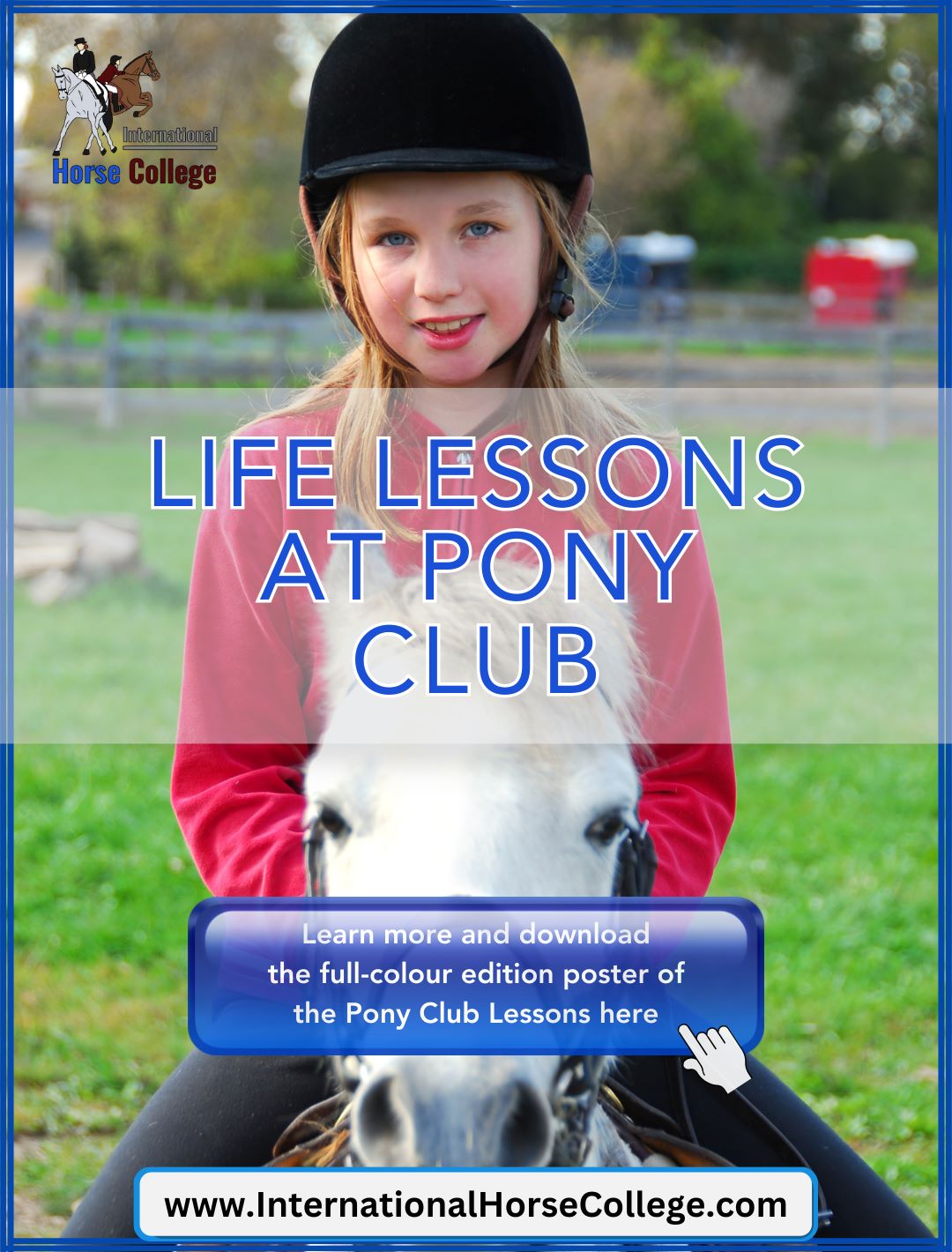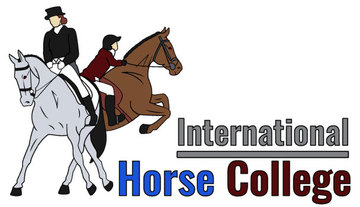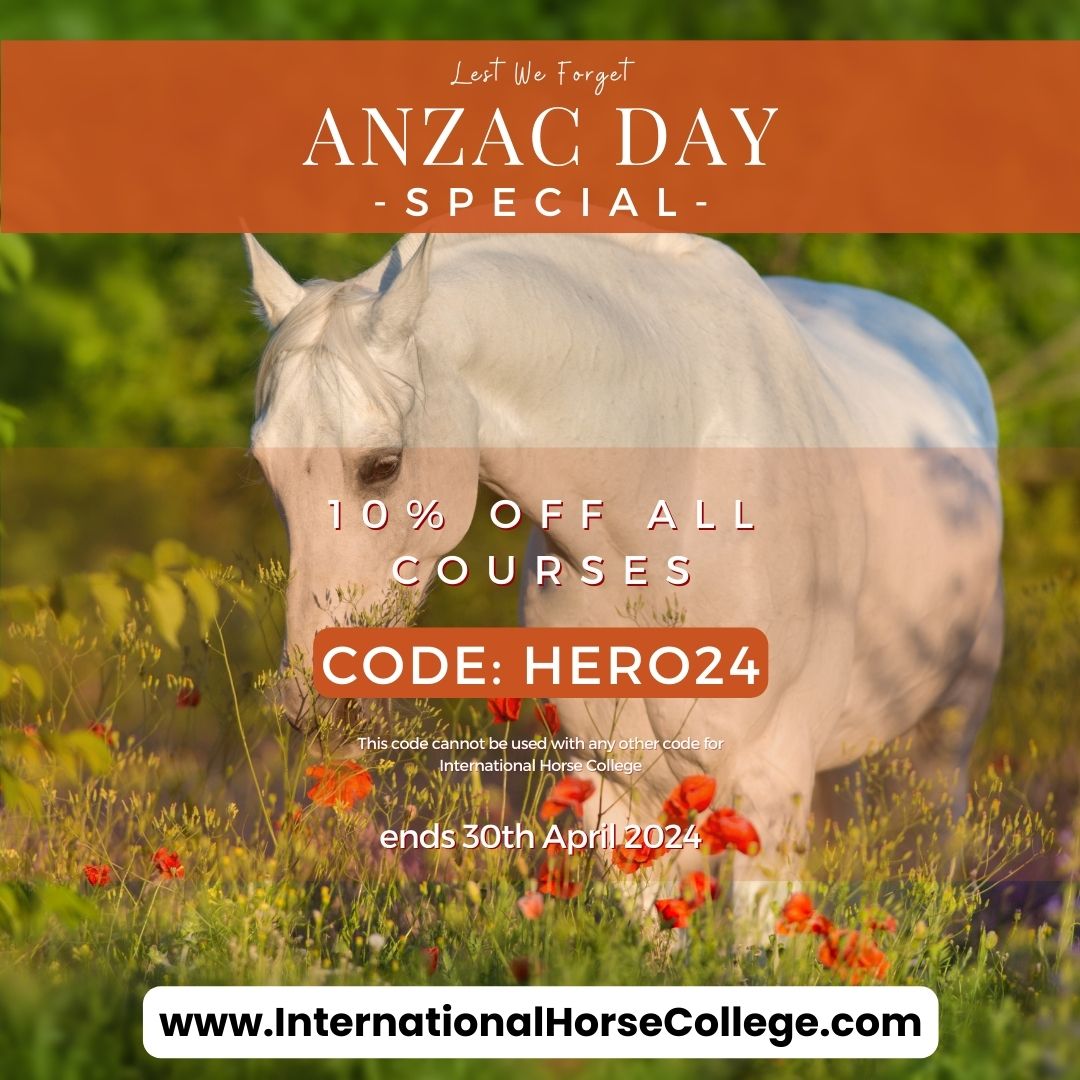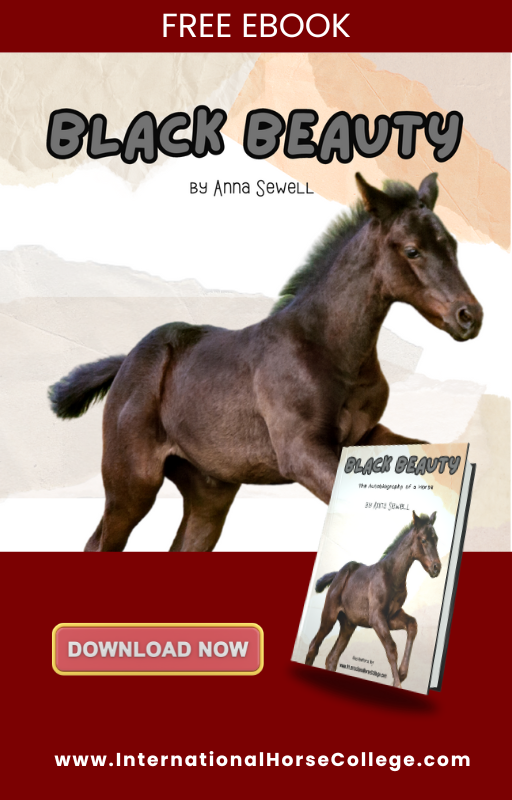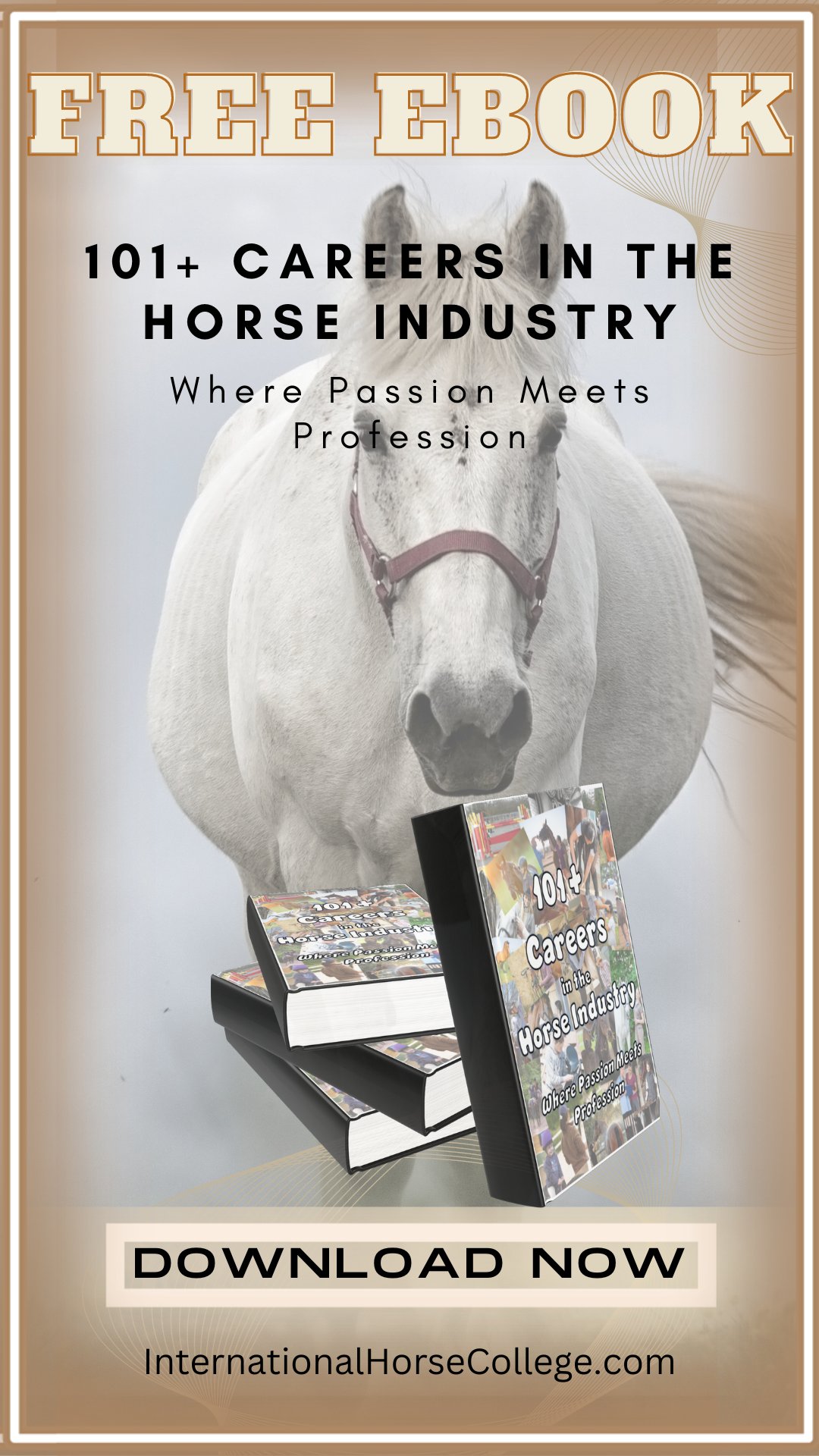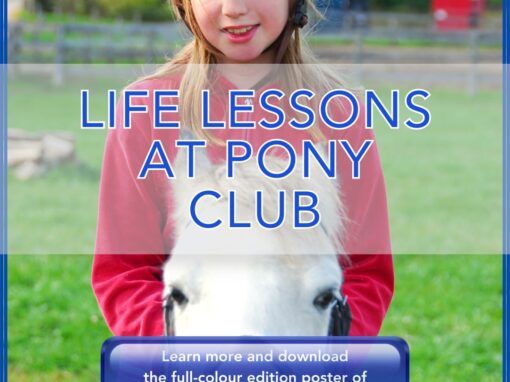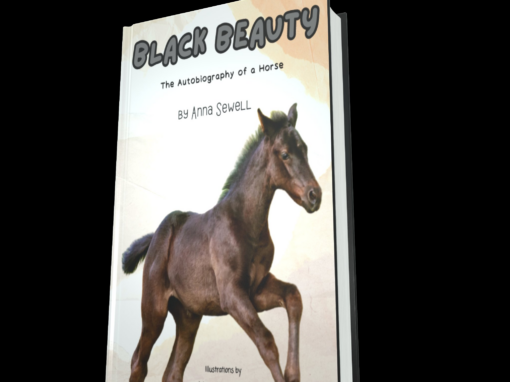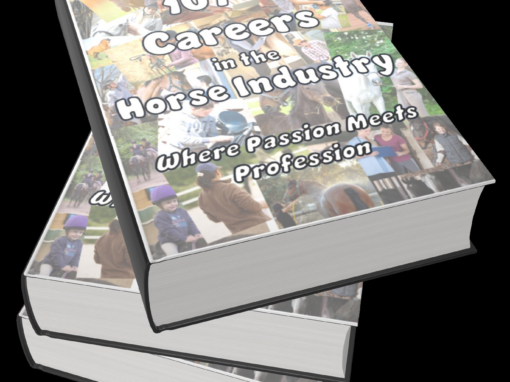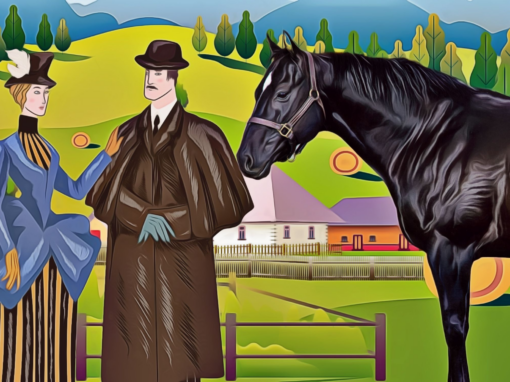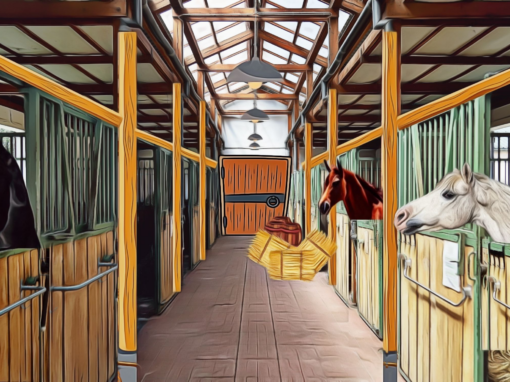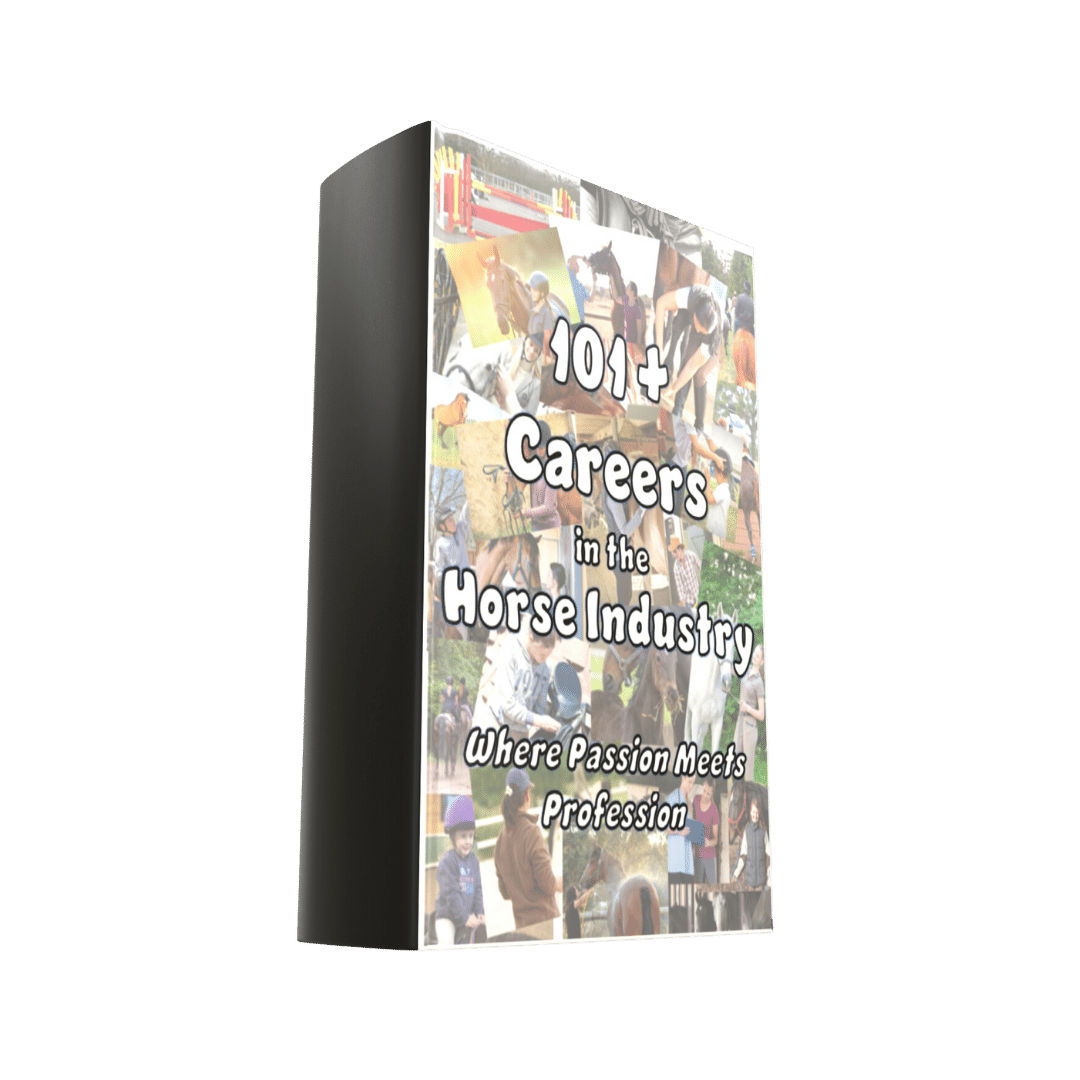Download the full-colour edition poster below
Important Life Lessons Learned at Pony Club
Recently I met with some old friends and our conversation led us to Pony Club.
Just as many, many professional horse people started competing in Pony Club so did I!
And just as many professionals fondly remember the time they spent with their friends and their horses, I too have many happy memories.
But more than that, I now look back on life lessons to be learned at an institution like Pony Club.
1. Look after others first
I rode over ten kilometres to Pony Club, where we then had an all-day muster.
You can imagine in the summer and in the Queensland sun, by lunchtime we were all looking forward to a cold drink.
The canteen was open, but before anyone was allowed into the canteen the chief instructor had to give the go-ahead.
He checked that all the horses had to have had a drink and be comfortable before we were allowed to look after ourselves.
The lesson here is to make sure you look after others first, particularly if they can’t look after themselves.
Just as we would feed our horses before we feed ourselves, we will often find ourselves in situations around those less fortunate. We can take a minute or two of our time to assist them to do something they cannot do for themselves.
Look around you, open the door for someone who has their hands full, reach up, and get something from a high shelf that someone cannot reach or even give way to another driver in traffic.
2. Just by consistently turning up, you can be a winner
I loved pony club, riding to pony club with my friends, doing horse stuff all day, and learning more about horses was my ultimate dream life!
But I wasn’t a good rider. I had a 13.2 pony who was very, very slow, didn’t see the need to jump over anything if he could go around or just push through it, and not particularly a show pony of any type.
There were other riders who had been in the pony club for years, who had mastered the art of jumping and other pony club events and always picked up ribbons and trophies.
At our break-up in the first year, there was a table of trophies to hand out and I expected to see some of my friends who were much better riders than me pick up the trophies.
But then, we had attendance trophies!
So in my first year in Pony Club, even as a newcomer on a very uncompetitive pony, I had picked up a trophy!
I think the lesson here is that even if you feel you are not progressing at a skill and everyone else is doing better than you are, be persistent and continue to learn. It may not be obvious to you but by being persistent and continuing to learn you are making progress.
3. Confidence Building Exercises
Lots of people think I am an extrovert, but I was far from it. I was the little girl having an anxiety attack, barely being able to breathe and hiding behind my mother’s skirt.
In those days everyone just called me ‘shy’. I remember being questioned about things that I knew the answers to and I had the answer going around in my head, but not being able to answer because I was ‘shy’. The truth is that I just couldn’t speak because of the anxiety.
Part of my journey to become more confident was at Pony Club.
The first part of the morning was troop drill and we had to number off. Look at the person on one side, when they say the number then turn your head and say your number to the person on the other side. Loudly.
If the instructor didn’t hear it, then we did it all over again. Simply projecting one number so another person could hear it in an outdoor setting has an amazing confidence-building effect.
We did lots of other exercises, like saying ‘down’ as the outside front leg touches the ground when learning diagonals, counting the number of trot steps between poles, and then canter strides between jumps.
All of it was out loud, in an outdoor setting so people at a distance could hear.
Now, as an instructor, I like to insist that people can show me that they recognise things like trot diagonals and canter strides by counting out loud.
While they are focused on this, I do find this teaching technique improves confidence.
4. Attracting Attention
Sometimes it can be good to attract attention
Our pony club uniform was an orange shirt with a sky-blue tie. So not only was it a very, very bright colour, the orange and the blue clashed!
I am an introvert but I was at Pony Club, it wasn’t as bad because everyone was wearing the same colour. But when I was wearing my uniform, I didn’t want to stop at a shop and get a drink on the way home because I felt everyone would look at me and some would even ask questions about the badly clashing coloured uniform I was wearing.
One of the instructors tried to have the uniform changed to a white shirt and blue tie, so at every meeting she put it on the agenda. At every meeting, she was outvoted. Until I came along and voted with her and almost succeeded in having the uniform changed.
The next time we were at a competition the President of the Club made a very valid point. As we were getting ready for the day, he pulled me aside and asked me to spot where our other members were.
Amongst the crowd of almost one thousand riders, they were easily spotted because of the orange shirts. He then said ‘Do you see why I don’t want to change uniforms.’ Valid point.
Later that year, we entered the Pony Club ‘Team of Four’ at the Brisbane Royal Show. Our club had never entered such a prestigious competition but the four of us all made sure we had brand new orange shirts for the event.
Even before we mounted, we had attracted attention. The bright orange shirts were easily spotted including a photographer from the Australia-wide ‘Hoofs and Horns’ magazine.
We won the competition and received a full-colour photo in Hoofs and Horns that month. This may not have happened if we didn’t have such an eye-catching combination of colours as our uniform.
5. Read books and keep learning
I didn’t start riding when I was young, but I loved to read and learn about horses from as early as I can remember.
When we had the opportunity to be assessed for proficiency certificates, I jumped at the chance. Some of the better riders had a bit of a winge, saying that they came to ride but not to do schoolwork.
But this was not schoolwork to me, this was learning more about horses which is what I did when I wasn’t riding anyway.
Our Chief Instructor recommended a couple of books to help us prepare for Pony Club and I ordered all of them, even the ones that were for the higher certificates. I read them and read them, again and again.
Then I went through the syllabus of the certificates but there was something that I couldn’t find. I had to know about ‘Founder’.
We didn’t have the internet or Google, so I did it the old-fashioned way and went to the local library.
I searched and searched but didn’t find anything in the half dozen or so books about horse health in our local library, and then a neighbouring library.
When I couldn’t find anything about the Founder, I caught the bus and went into the Brisbane City library for the day but still didn’t have any luck.
There was nothing about the Founder in any of the horse books. There was information about ‘Laminitis’ and I had taken notes about that, but nothing about ‘Founder’.
So, even though my ‘shyness’ prevented me from networking, this was more important and I knew I needed to find the confidence to ask a few people.
I was introduced to a ‘bushy’ (Australian bushman) who had worked with horses all over Australia and when he saw my notes he laughed.
The Founder is just an Australian for Laminitis.
Even though research done since then may say there is a difference, I was relieved to find this out and went to Pony Club ready for the certificate day.
6. Sometimes Riders Need to be Assertive.
After my first pony, my next horse was much more high-strung and some may say a little ‘too much’ for me.
He was a bit nappy and of course, each time I let him go in the direction he wanted to go, I made him worse.
My first competition with him was a six-bar event. In this event, there are six jumps in a row at an equal distance with each jump higher than the previous one.
Even though my new horse was nappy, he was an experienced jumper and I was looking forward to the event. In the practice arena, he went over the jump and then headed for the gate. Each time he did this, I stopped him (I could do that) and then led him back to the other side of the jump to practice it again.
When we did the competition, I saluted the judge (no circle of warmup) and then went through the start flags, over the jumps, and through the finish pegs. I didn’t worry that he bolted all the way back to the horse float, this was the highest that I had ever jumped in my life so I was elated! I loved jumping and I loved my new horse!
All I had to do was to keep him in the middle of the jumps, lean forward, and hold his mane so I didn’t get left behind.
But then, someone was calling my name! We were clear and had to go into the next round. I jumped on and he reared and spun around, he wasn’t going anywhere!
So I led him back, mounted saluted the judge, and went again. Everything was the same including bolting back to the horse float, except the jumps were even higher.
We had another two clear rounds, I had won my first blue ribbon and my horse was out of control.
Our next competition included a walk-trot race around a racecourse where the event was held. My new horse was a decent walker and could cover a lot of ground in trot. I wondered if I could get another ribbon, even a blue one.
We started off and a couple of other horses were ahead of us. But in the trot he was in the first two horses ahead of us, so even if we didn’t win there we still won a third. As we headed into the straight, he headed towards an open gate that headed back to the stables. I was so mad, that I turned and kicked him and kicked him until he stopped rearing and trotted ahead to finish the race.
Even though we didn’t win the race and didn’t even get a ribbon I was the winner that day. I realised that all the patting and kindness weren’t going to help the partnership with my new horse and that there were times in horse training when I needed to be assertive.
I did learn that it shouldn’t be because I was mad at the horse, but I did learn to be assertive while staying cool and I believe that is an essential lesson in training.
7. Volunteer and Learn
When I was in Pony Club and turned 17, I progressed to the oldest age group where the group was smaller.
As a result, we often finished our events early, sometimes even before lunch.
Rather than just hang around for the rest of the day, I found myself at the jumping arena.
The first time I was asked if I could step in for a few minutes to pencil, I was hooked and found myself volunteering in the jumping arena as often as I could.
I would be there before my other events started to help set up the jumps, if I was in the general area and a horse knocked the jump then I would help put up a rail. But the best bit was the penciling for the judge.
Penciling is writing down the scores as the judge calls them when the rider and horse are doing their competition jumping round.
The judges were very helpful and loved to answer my many questions. I asked them about rules, variations of the rules, and even some rules that weren’t written down.
They taught me how to score at some of the trickier events and then if there was another penciler handy, they allowed me to ‘co-judge’ to test my skills.
I learned how to know the placings of the event in a very quick time, even before the last horse had completed their round.
Before long I was being asked to pencil at larger competitions, championships, and Agriculture Shows and then to judge.
The best event I penciled at was Brisbane Royal where I was an official ‘Steward’. I was the second female to be honoured in that position and I look back on the ten days of the Brisbane Royal Show very favourably but knowing that this could only have happened because of all the volunteering that I had done at Pony Club.
So these are the important life lessons I learned at Pony Club. I would certainly recommend it if anyone has the opportunity to join it. You don’t have to be a rider, you can just go as a volunteer and learn.
I could remember when we were at Pony Club. There was an older couple whose children had ridden and they stayed on. They were the president and secretary for years and ran the canteen. So they continued with their Pony Club experience as long after their kids had finished riding. I think this is just a really good place to spend your time.
Reflecting on my Pony Club days brought forth not just memories, but invaluable life lessons.
From the importance of caring for others to the power of consistent effort, Pony Club instilled values that shaped my journey. Confidence, assertiveness, and the joy of continuous learning—all woven into the fabric of those cherished days.
#PonyClubMemories #LifeLessons #EquestrianJourney
Talk to us about your Pony Club memories and the lessons they taught you. I am happy to hear it! 🙂
Glenys 🙂
You can watch on YouTube the complete video playlist of the 7 Important Life Lessons Learned at Pony Club, click the button below.
7 Important Life Lessons Learned at Pony Club
Here’s the list of all the Lessons Learned at Pony Club:
Pony Club Life Lesson 1: Look after others first
Pony Club Life Lesson 2: Be persistent and you could be a winner!
Pony Club Life Lesson 3: Encourage others to build their confidence
Pony Club Life Lesson 4: Sometimes it is good to attract attention
Pony Club Life Lesson 5: Keep learning wherever you can
Pony Club Life Lesson 6: Sometimes riders need to be assertive
Pony Club Life Lesson 7: Volunteer and learn
–——————————————-
If you are interested in a career in the International Horse Industry then contact our friendly staff for a free Equine Industry Career Consultation.
International Horse College
Phone: 0438 549 577 I +61 7 3102 5498
Email: Admin@InternationalHorseCollege.com
Website: www.InternationalHorseCollege.com
Music by Bensound.com with License code: QOLZT3LRSYB3M74O
